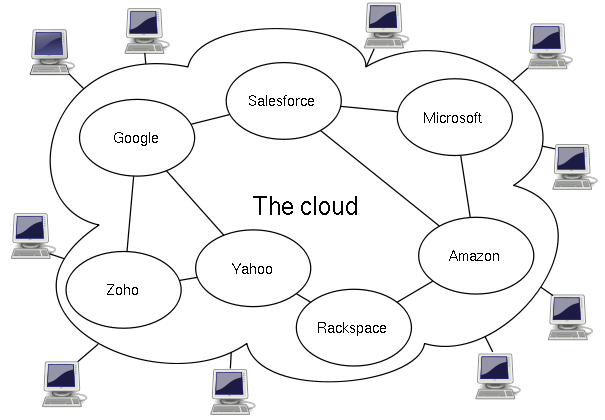Cloud Computing
Future of Innovation Main Page
Cloud computing is Internet-based computing, whereby shared resources, software, and information are provided to computers and other devices on demand, like the electricity grid.

In general, cloud computing customers do not own the physical infrastructure, instead avoiding capital expenditure by renting usage from a third-party provider. They consume resources as a service and pay only for resources that they use. Many cloud-computing offerings employ the utility computing model, which is analogous to how traditional utility services (such as electricity) are consumed, whereas others bill on a subscription basis. Sharing "perishable and intangible" computing power among multiple tenants can improve utilization rates, as servers are not unnecessarily left idle (which can reduce costs significantly while increasing the speed of application development). A side-effect of this approach is that overall computer usage rises dramatically, as customers do not have to engineer for peak load limits. In addition, "increased high-speed bandwidth" makes it possible to receive the same response times from centralized infrastructure at other sites.
Most cloud providers expose APIs which are typically well-documented (often under a Creative Commons license[85]) but also unique to their implementation and thus not interoperable. Some vendors have adopted others' APIs[86] and there are a number of open standards under development, including the OGF's Open Cloud Computing Interface. The Open Cloud Consortium (OCC) [87] is working to develop consensus on early cloud computing standards and practices.